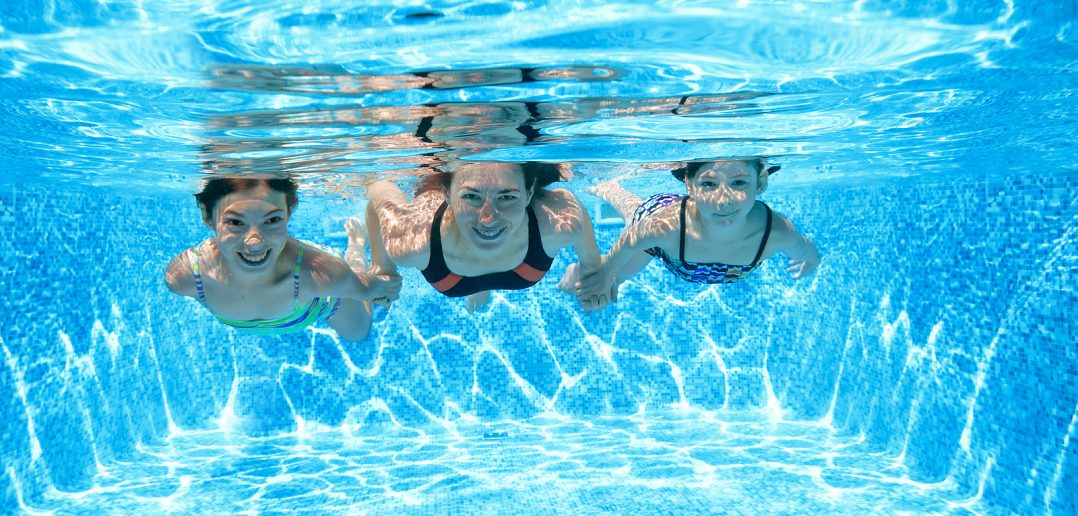Whether it’s sun, sand and surf or lounging by the poolside, your family will be spending a lot of time in the water this summer. Swimming is fun for the whole family, but it’s important to be safe and prepared.
Drowning is the leading cause of death among children, according to the American Red Cross. It deprives the brain of oxygen, which can result in death or brain damage if rescued in time.
“When the brain is deprived of oxygen, the result is usually brain damage or death,” says Steinberg Goodman & Kalish. “Anoxic brain injury (ABI), a common consequence of oxygen deprivation caused by drowning, can cause severe neurological damage in people who survive.”
Safety is paramount when swimming with the family, whether you’re spending the day at the beach or the pool. Here are five water safety tips to follow:
1. Swimming Lessons
Make sure that everyone in the family knows how to swim. They don’t have to be Olympic swimmers, but they should be able to enter the water, get their breath, float, change positions, swim a distance, and exit the water safely.
If possible, enroll the kids in professional swimming lessons to ensure that they know how to swim confidently.
2. Supervise, Supervise, Supervise
Never allow anyone to swim alone. Instruct the children to swim with a friend or sibling so that they can look after one another. Swimming with a friend ensures that someone is always there to call for help if something goes wrong.
Even if you’re not in the water with the children, you should be supervising them at all times. Ideally, parents should be within an arm’s reach of a young child at all times – whether you’re swimming in a lake, pool or the ocean. Parents of older children should at least stay close and have their eyes on the kids at all times.
Even kids who are strong swimmers should be supervised. They may feel confident enough to try flips, tricks and dives, all of which can be dangerous.
3. Always Wear a Life Vest
Inexperienced and young swimmers should always wear a life vest that’s certified by the Coast Guard.
Many parents rely on pool noodles, water wings and floaties, but these are no substitute for a life vest or life preserver in a true emergency situation. It’s best to use these only when an adult is within arm’s length of the child.
4. Avoid Pool Drains
Instruct the kids to stay away from pool drains while swimming, especially if the drain appears to be broken or missing a cover.
There have been cases of bathing suits, hair and even limbs getting caught in faulty drains. These tragic incidents often lead to drowning or serious injury.
If you see a drain that appears to be operating incorrectly, report it immediately.
5. Know What to do in Case of Emergency
If there’s an emergency, it’s important to act quickly to prevent serious injury or death.
- If a child is missing, check the water. Every second counts in preventing death or injury.
- Alert the on-duty lifeguard, if there is one present.
- Ask someone to call emergency services.
- Perform CPR if you know how.
- Remove the person from the water, if you can do so safely and without putting yourself in danger.




